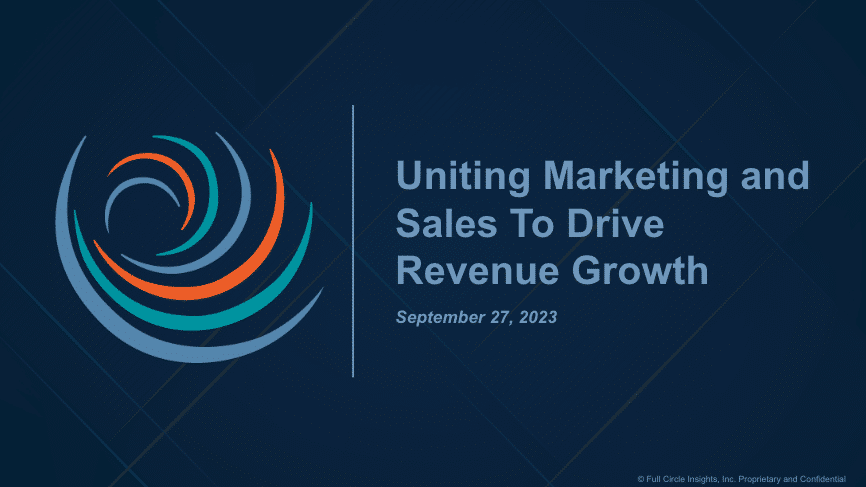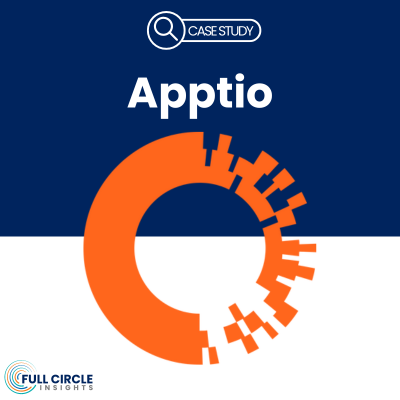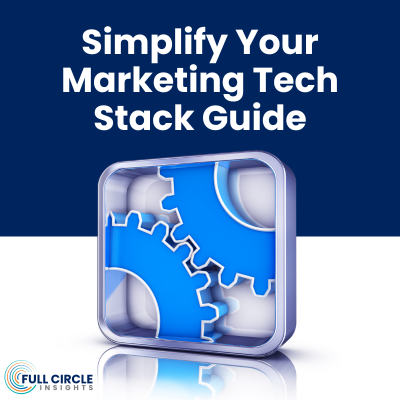Get your data house in order
The first step to aligning marketing and sales is to agree on the four key data types in Salesforce. This may seem too basic, but it is critical for everyone to understand what the campaign member, lead, contact, and opportunity objects actually are. It comes down to standardizing your sales process and creating consistency. This needs to be based on what happens when a prospect engages with marketing and what sales does next when the qualified lead is passed to them. Building a shared understanding, and a shared language, enables more meaningful conversations and ensures accurate data.
Linear vs. lifecycle
The next step is aligning the path that prospects and accounts take through the sales process. The path is not always linear, and in fact, the linear path is not necessarily the best. A lifecycle model could be better in terms of nurturing leads and contacts as they engage with marketing. Since prospect and client relationships don’t always start with a lead and end with a closed/won deal, lifecycles can be more complex.
[Author’s note: right before we start talking about attribution models the sound gets bad. “Why is my internet connection unstable?” I’ll do the next webinar on a more stable network!]
Understanding the core attribution models
Attribution conversations tend to be passionate because oftentimes someone has a monetary goal attached to the outcome. Understanding first touch, last touch, and multi-touch models are key to uniting marketing and sales. Why use these models and what can they tell us? First, not understand these models can lead to severe misalignment. Second, one you understand these models, you have more levers to pull when creating campaigns.
Align the funnel stages
There are many ways to create a funnel. Some folks prefer a simple funnel. Some folks prefer a complex multi-layered approach. Neither is right or wrong as long as your sales and marketing teams agree on the stages. The key to funnel stages is focusing on the meaningful transition points of your sales cycle and connecting to the influencing campaigns. At Full Circle, we have always used the Forrester Demand Waterfall as a guide because it is a clear funnel on which to make decisions.
Investigating and optimizing lead data
Now that we understand the funnel, the data, and the way to attribute campaign performance we now turn to how to optimize our lead data. You will be reviewing and discussing:
- Worked and unworked Marketing Qualified Leads (MQLs)
- General MQLs metrics,
- Sales Accepted Lead metrics
- Sales Qualified Lead metrics
- Opportunity metrics
And, across these data types, there are several dimensions to track: conversion rates (obviously), velocity rates (is pipeline moving forward?), and disqualification/lost reasons to name a few.
When you identify common obstacles, get buy-in on unified goals, and improve lead conversion rates you are on track to uniting marketing and sales.
If you are interested in other ways of uniting your marketing and sales teams, check out other Full Circle Insights webinars and register here for future sessions!



